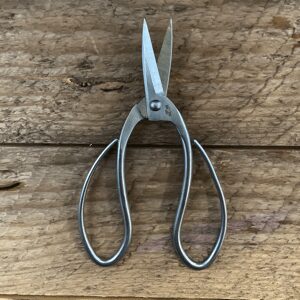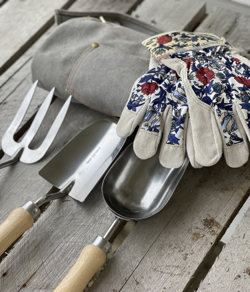Unveiling Deadheading: A Simple Gardening Trick to Encourage New Blooms
How to Deadhead Flowers in the Garden
Hello my fellow green-thumbed readers,
As your garden begins to teem with vibrant blossoms, you might notice some flowers start to wilt and fade. Not to worry – this is a natural process, and there’s a simple gardening technique to address this: deadheading. Deadheading might sound ominous, but in gardening parlance, it’s an essential part of keeping your plants looking their best and blooming their fullest.
What is Deadheading?
Deadheading is the process of removing spent or faded flowers from plants. This might involve simply pinching off the flower with your fingers or using gardening shears for tougher stems. Essentially, it’s a form of pruning that focuses specifically on flowers once they’ve completed their blooming cycle and begin to wilt or lose their color.
Why Deadhead?
You might be wondering, “Why should I bother removing these faded flowers? Won’t they just fall off naturally?” Indeed, they will. However, the main reason for deadheading lies in a plant’s biological objectives, and here is where we discover the beauty and intelligence of nature.
Plants, like all living organisms, have a primary goal to reproduce and ensure the survival of their species. They do this by producing seeds. When a flower wilts after blooming, the plant redirects its energy and resources towards developing seeds in that spent bloom, essentially preparing for the next generation.
By deadheading or removing these spent blooms, we disrupt this process. The plant, sensing that it hasn’t successfully produced seeds, is thereby tricked into blooming again in an attempt to fulfill its reproductive mission. This natural response to deadheading results in a second (or even third) wave of blossoms, extending the color and beauty in your garden for a longer period.
Benefits of Deadheading
Apart from forcing new blooms, deadheading comes with several other advantages:
- Improved Appearance: Removing faded and wilted flowers helps maintain the visual appeal of your garden, keeping it looking fresh and vibrant.
- Plant Health: Dead blooms can often become host to disease or attract pests. By removing them, you’re reducing the risk of such problems.
- Controlled Spread: Some plants, especially perennials, can spread rapidly through self-seeding. Deadheading prevents this and gives you control over where plants grow in your garden.
How to Deadhead
Deadheading isn’t a complicated process, but there are a few tips to ensure you do it correctly:
- Use clean, sharp scissors or secateurs to make clean cuts and reduce the risk of disease. (These garden snips are great for flowers – best deadheading garden snips)
- Regularly inspect your plants for spent flowers. The more promptly you deadhead, the more blooms you’ll get.
- Cut the stem back to a new bud or leaf to maintain an attractive plant shape and promote new growth.
It’s important to note that not all plants respond to deadheading, so it’s beneficial to know your garden. Research or seek advice on specific plants if you’re unsure.
In conclusion, the act of deadheading is a simple yet effective gardening practice that encourages plants to produce more flowers. It may take a bit of time and patience, but the rewards are definitely worth it. Your garden will not only look better, but it will also bloom brighter and longer, giving you more time to enjoy the fruits of your labor.
Until next time, keep those green thumbs busy and your gardens vibrant!
Happy gardening!
More From Our Master Gardener
Recent Posts

Gardening Tools for Raised Beds & Small Spaces: Tips and Recommendations for Compact and Efficient Tools

Perennials that Live Forever: The Longest-Lived Plants for Your Garden

What to Plant in October for a Beautiful Garden Next Year

The Secret to Growing Healthy Indoor Plants in Low-Light Conditions

October Garden Checklist – Essential Tasks to Keep Your Garden Thriving














